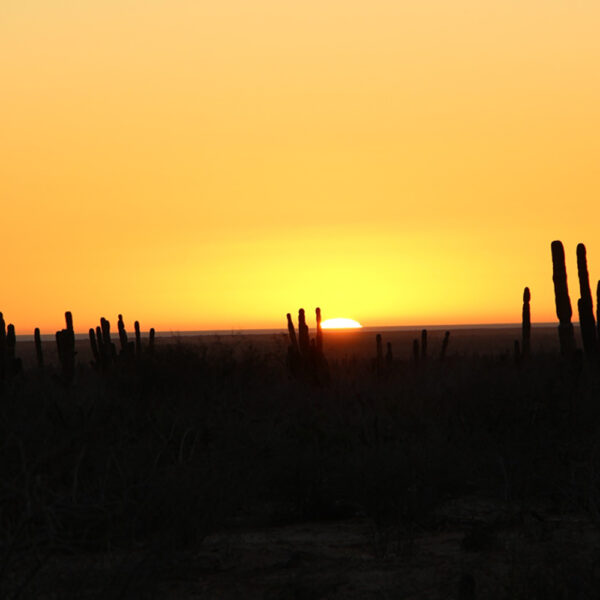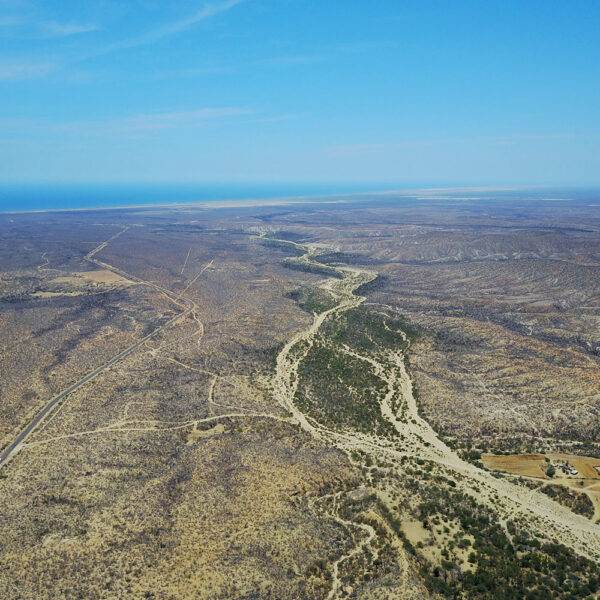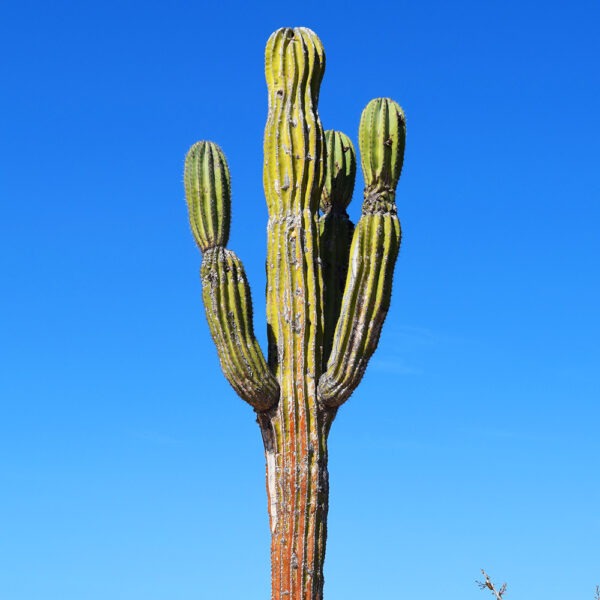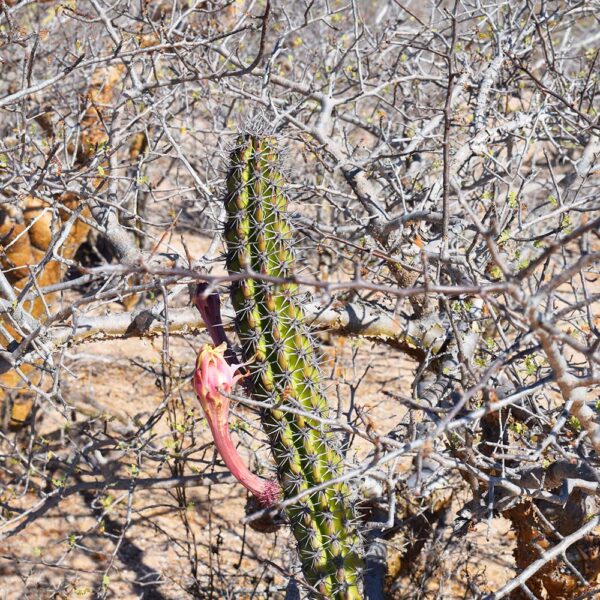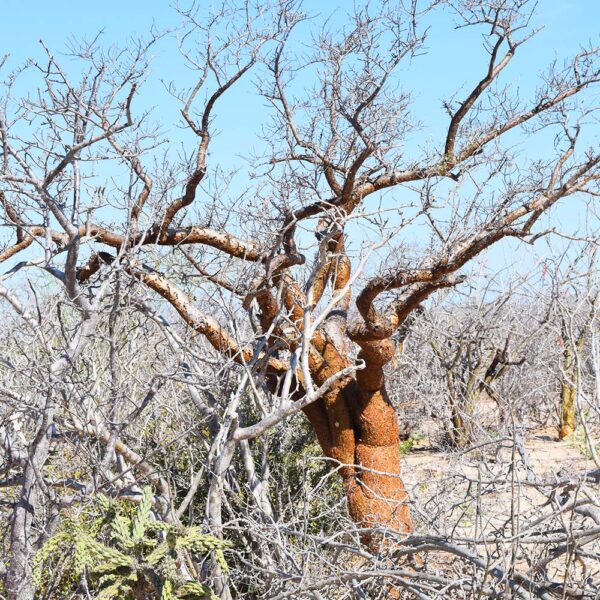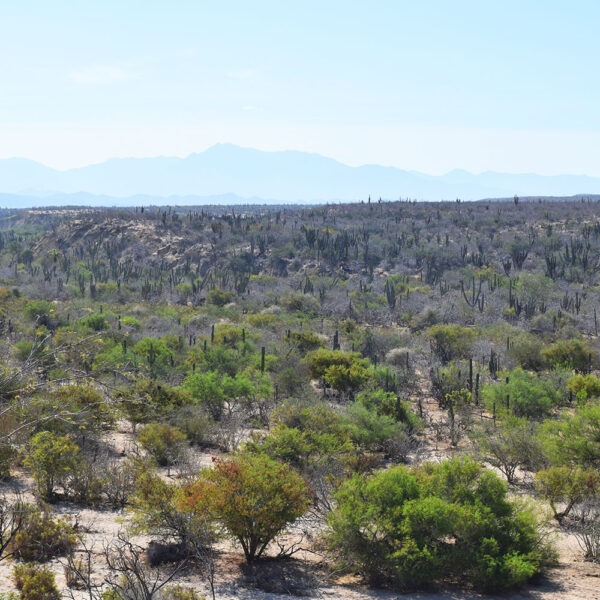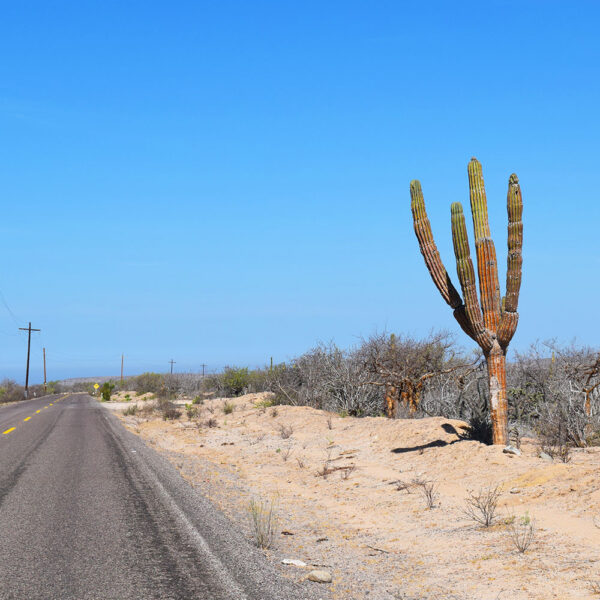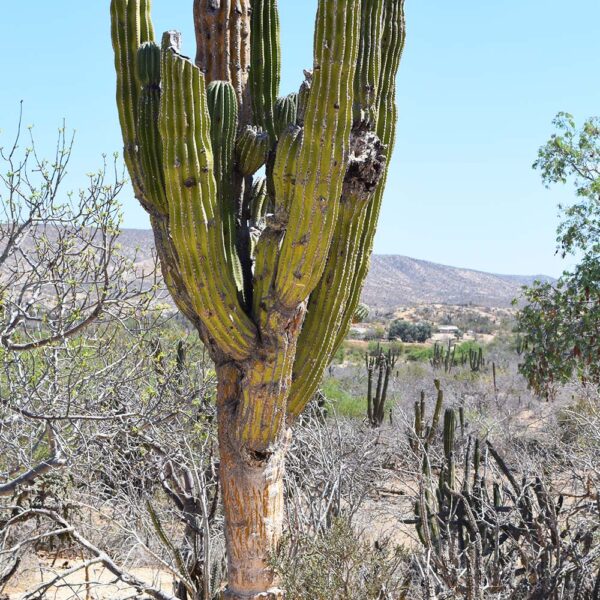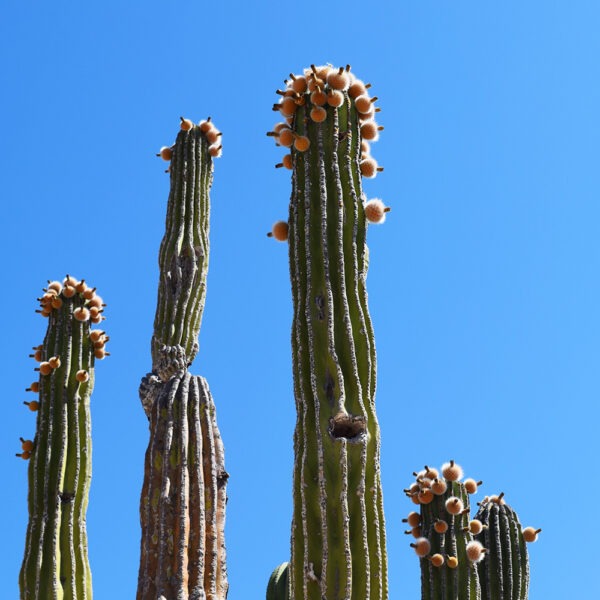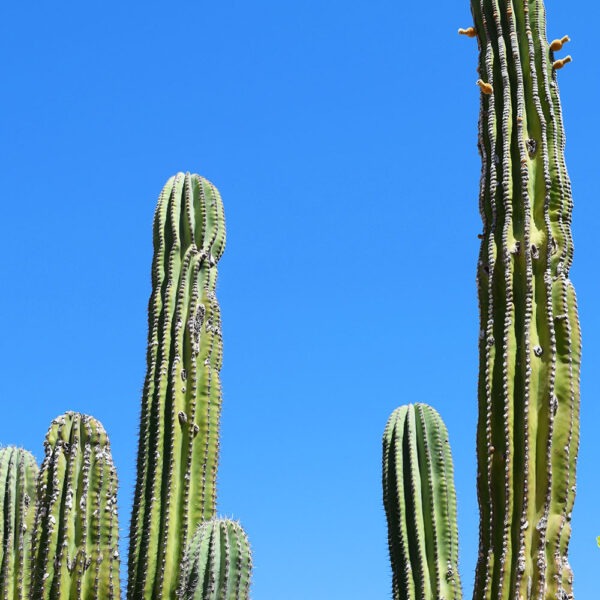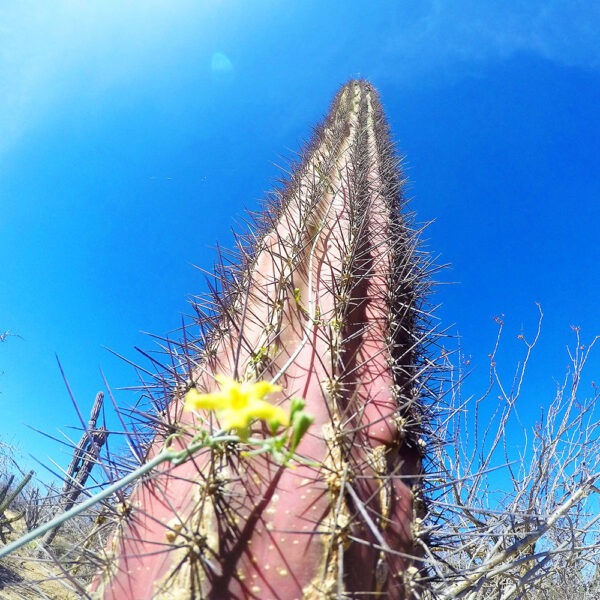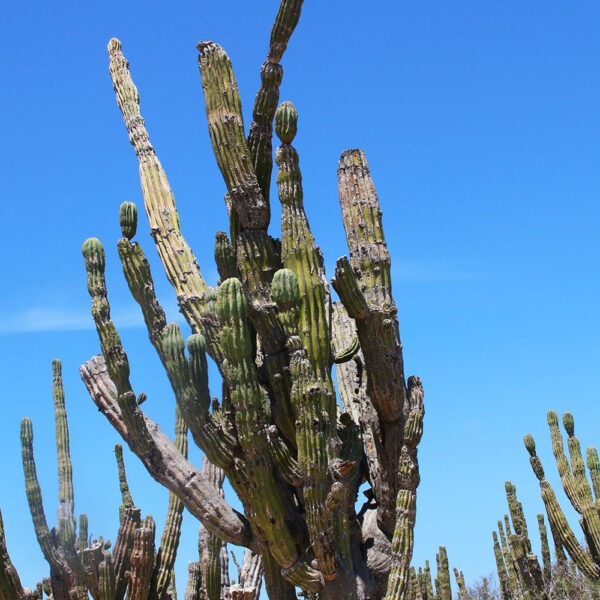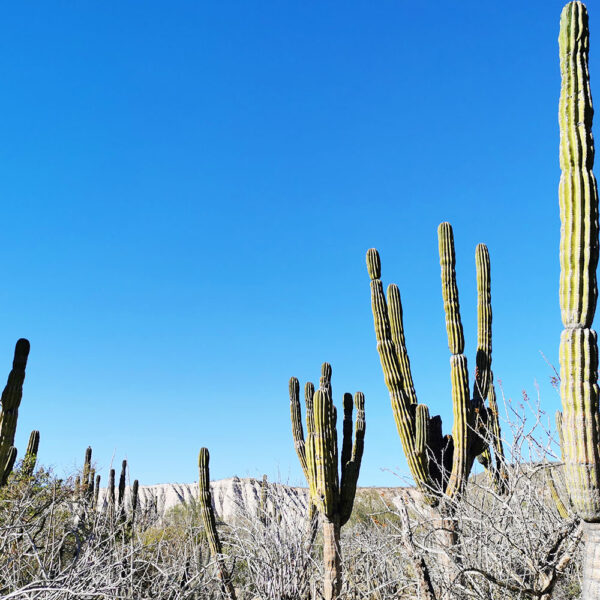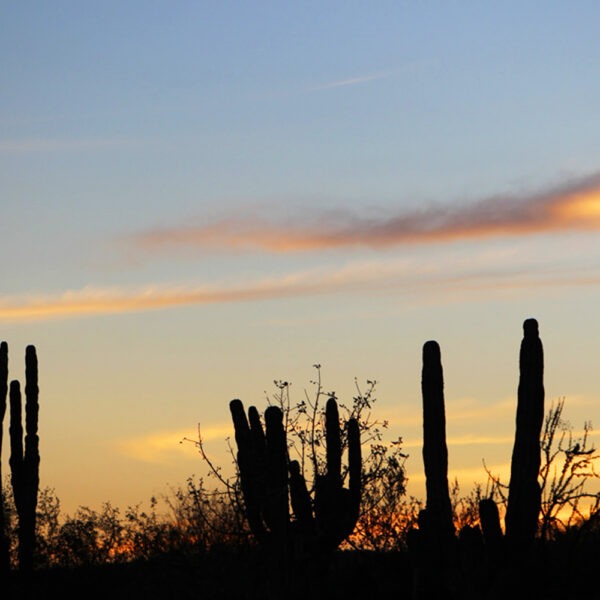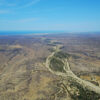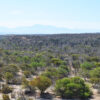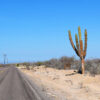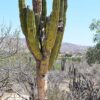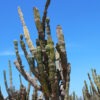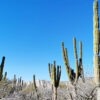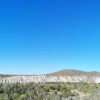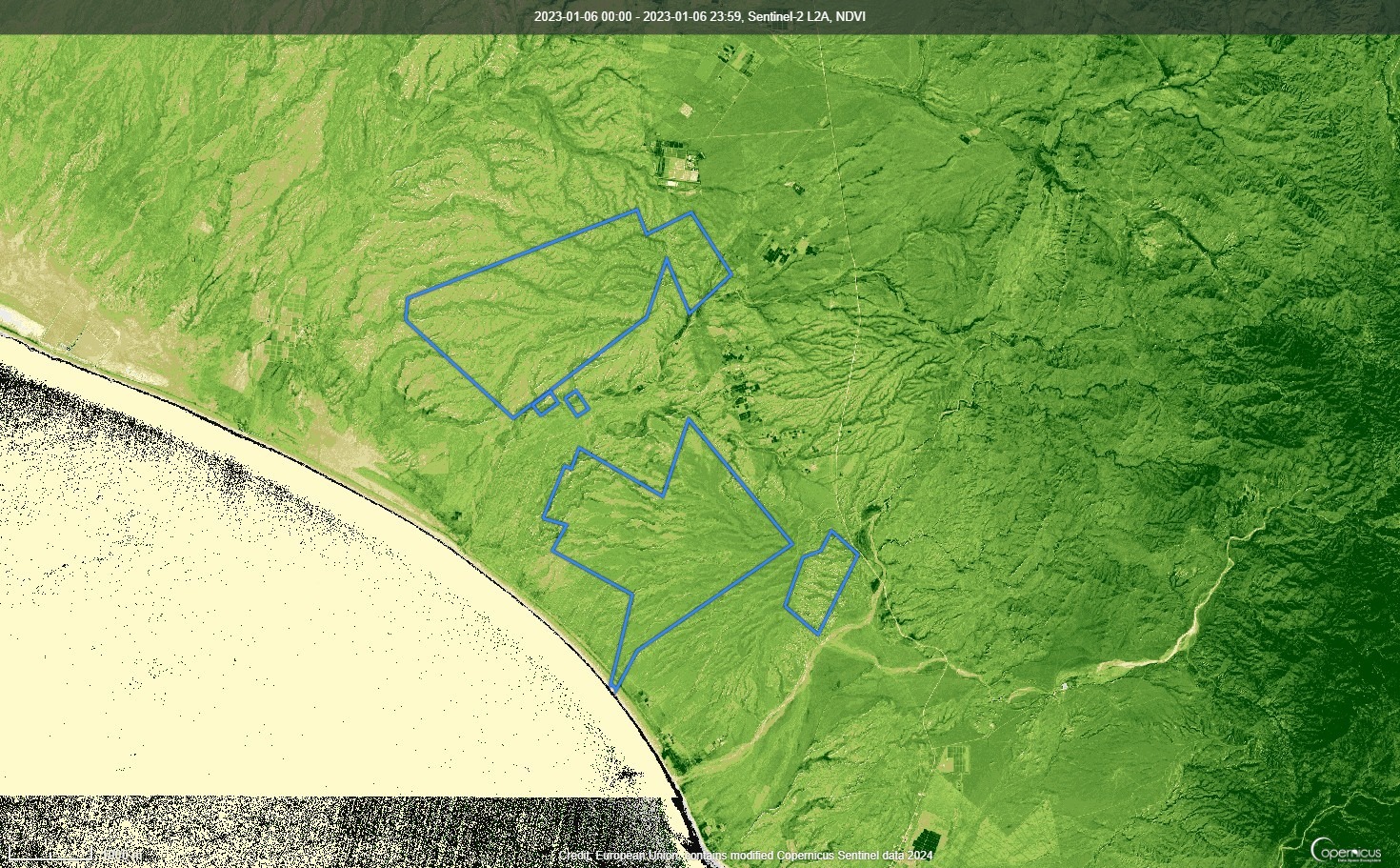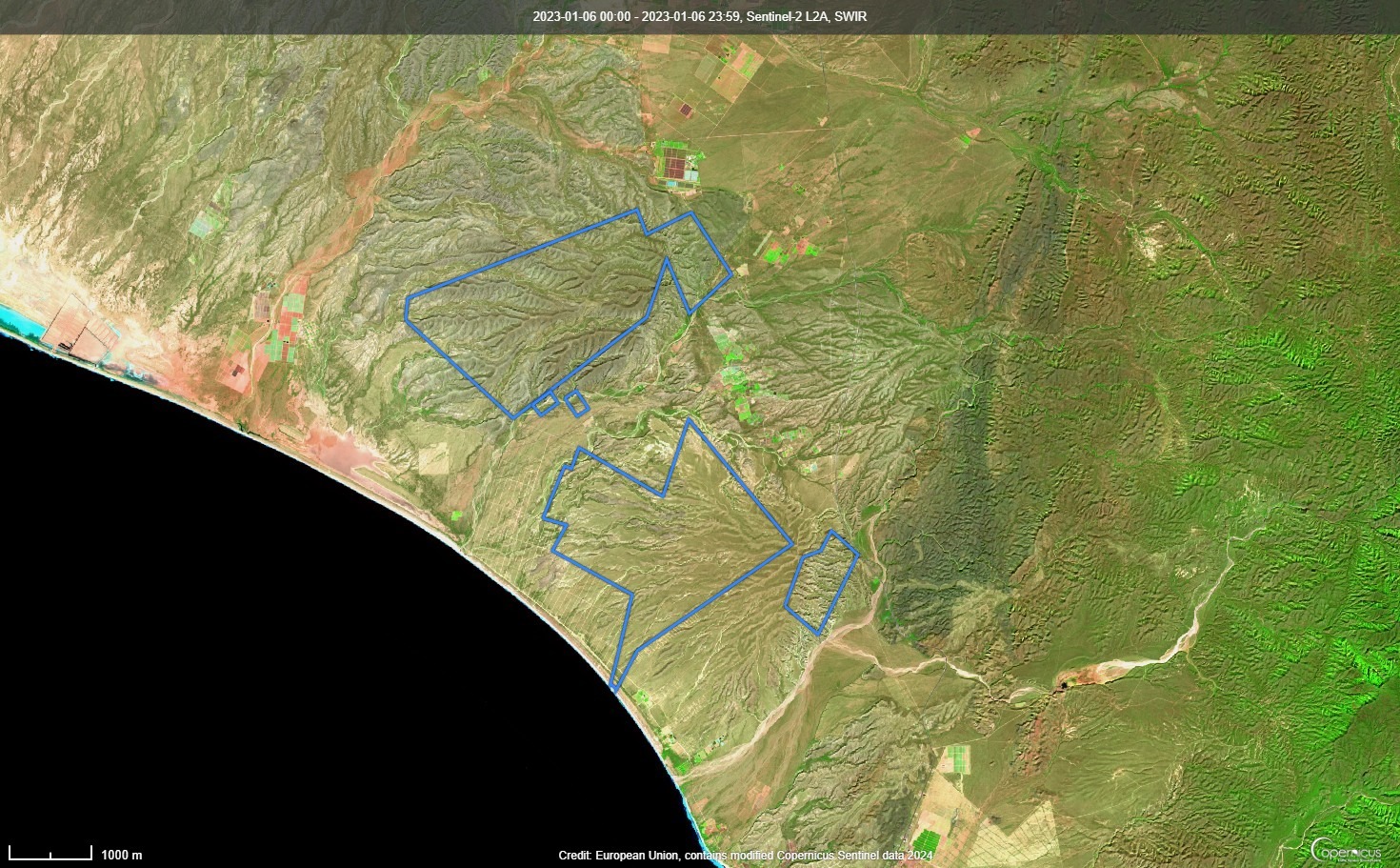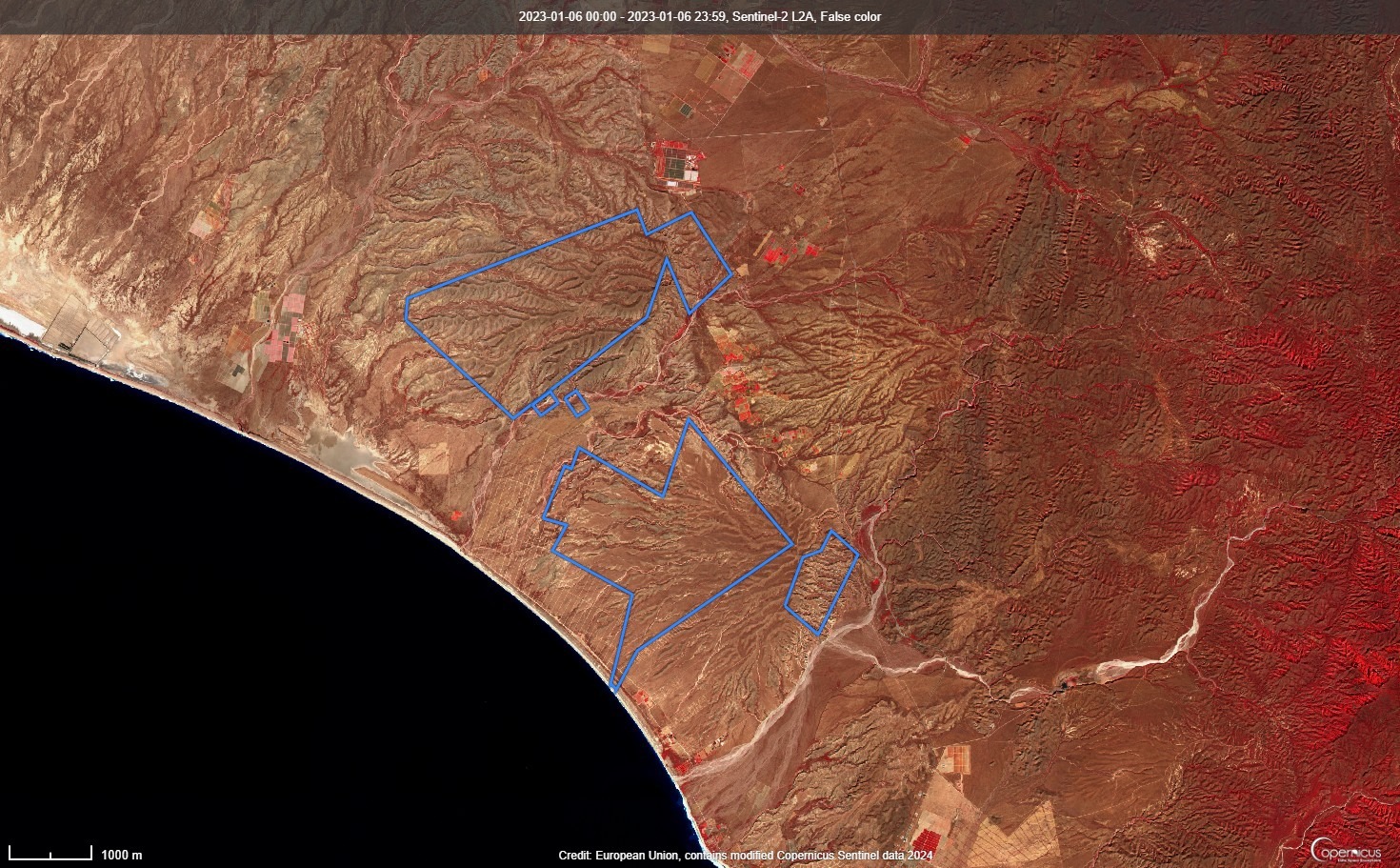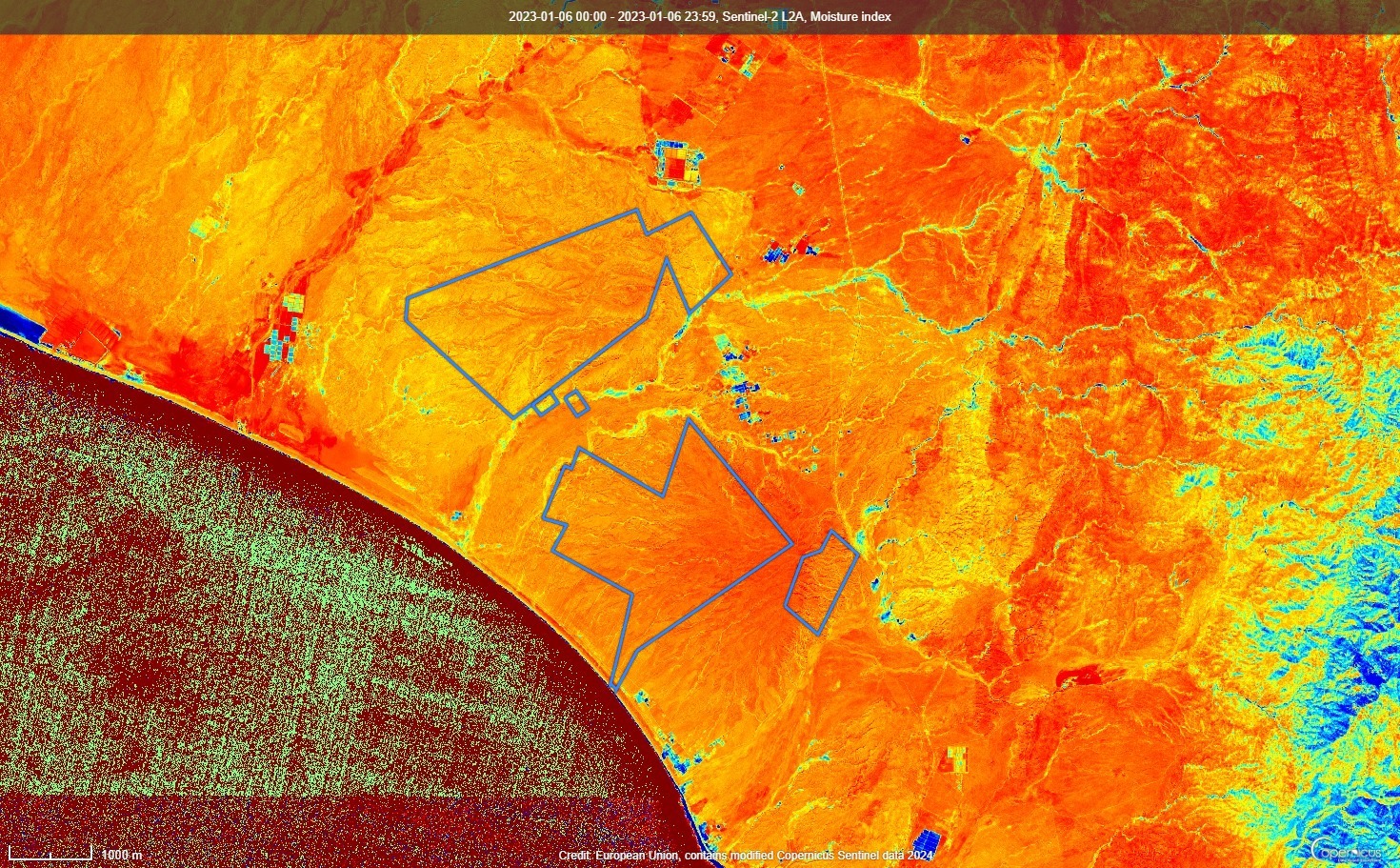The carbon capture potential of deserts has traditionally been overlooked in carbon solutions and research efforts. However, new data suggests that biodiverse deserts could play a significant role in combating climate change.
In Mexico, the coastline of Baja California Sur is experiencing rapid development, with the expansion of tourism complexes, residential areas, agricultural activities, and logistical facilities. This growth is exerting pressure on the biodiverse desert ecosystems for which the southern part of the peninsula is renowned. This area is home to a variety of flora and fauna, including 300-year-old cacti, shrubs, medicinal plants, eagles, deer, wildcats, and roadrunners.
The focus of this project is to protect, monitor and restore 8,818 hectares (21,789 acres). Implementing these measures in these lands will help mitigate the environmental degradation and promote sustainable land management practices.
The challenge is not minor, since the area has been threatened multiple times, for instance:
(A) In a specific zone where a marble mining company intended to operate, three key land lots were purchased just before finalizing the deal between the landowners and the company: instead of being destroyed, these land lots were transformed into a private nature reserve. This transformation aligns with the goals of the Clean Development Mechanism (CDM), which encourages the preservation of biodiversity and the implementation of sustainable land use practices.
(B) Other land lots in the project are communal lands that have been affected by illegal landfills, posing a fire risk, and plagued by pests that have damaged the local vegetation, particularly the cacti.

